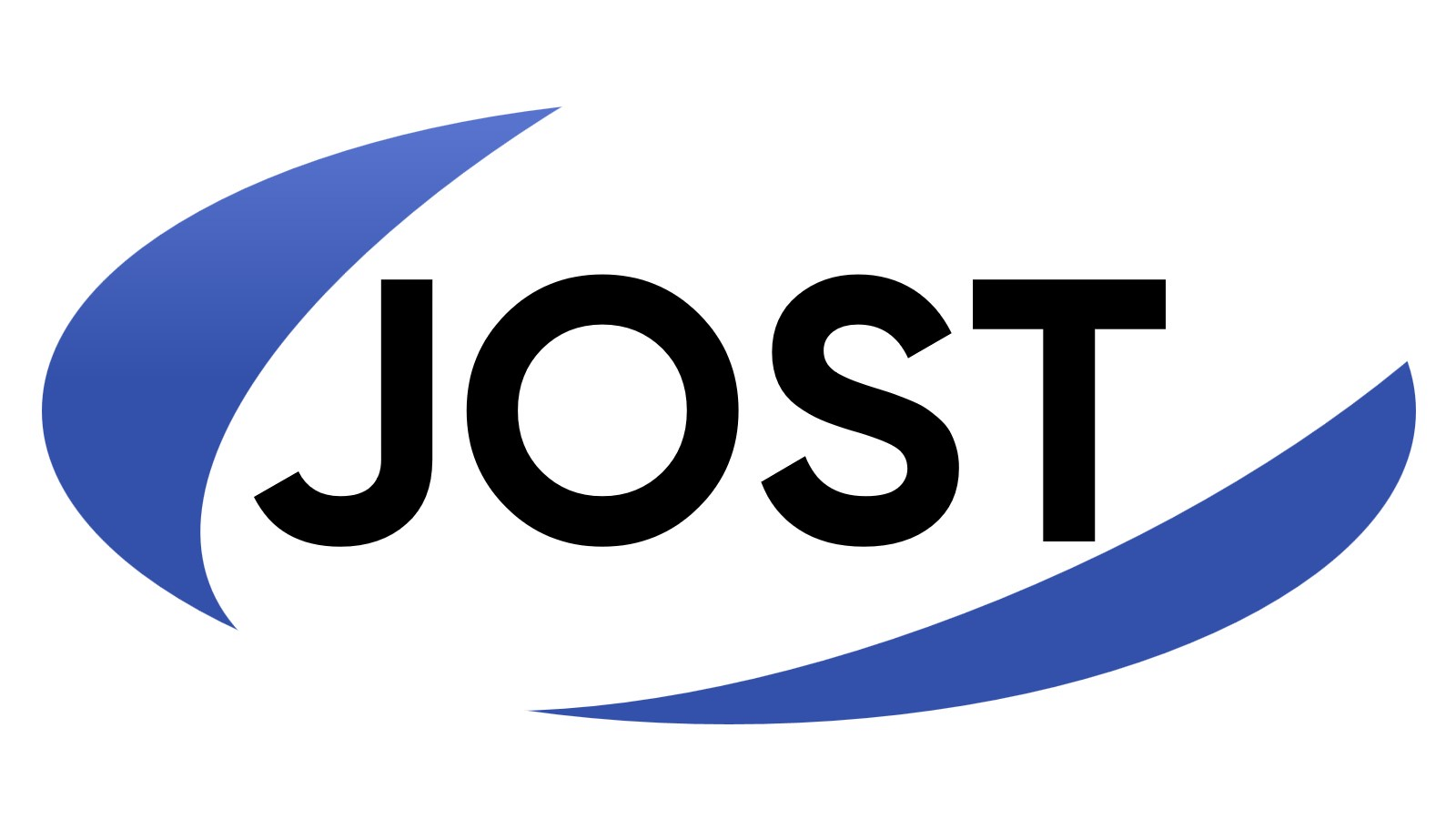Checklist: How to Prepare Paid Ads
4 Key Elements for Your Paid SEA Campaign (aka Google / Facebook / LinkedIn ad preparation)
Last Update: 20.03.2025 • Author: Marius Jost • Time to read: 3 Min.
Goal of your campaign
- Define the advertising goal in two sentences
- Set the daily budget(s) for the campaign(s)
- Determine the start and end dates for the campaign(s)
- Specify the URL of the landing page
- If necessary, set the landing page to noindex and optimize for speed

Content
- Define 2-3 key messages for the landing page (focus on benefits rather than features)
- Create texts for the ad copy itself
- Decide which ad extensions to use (for example, which phone number to provide and who will be responsible for it)

Visual Design
- Agree on one single master design (out of 3 drafts)
- Create the creative assets based on that master design
- for Meta in formats: 1:1, 16:9, 9:16 & 4:5
- for Google in formats 1:1, 1,91:1, 4:5

Tech Setup & Tracking
- Set up Facebook page / Google Ads account with payment method
- Tracking setup (Conversion tracking / "Meta-Pixel" / Insight Tag)
- Definition of a target audience in Google / Meta or LinkedIn that fits the budget (not too large, not too small)
- Grant permissions so the agency can work on the ad account without having to call you for PIN codes

Project Plan for your Paid Ads - your SEA Preparation Plan
To get a meaningful SEA preparation plan in a waterfall-style, we will have to order the tasks above in a new way: not by topic, but by priority.
We have learned that the set-up of facebook page, your payment method, or ad account approvals can consume valuable time.
The blue highlights indicate how long certain tasks may take.
This waterfall plan illustrates that in each planning phase (A-D), you should tackle different types of tasks.
For example, in Phase A, you will find tasks related to “campaign objective,” “visual design,” and “technical setup.”
| PHASE A | PHASE B | PHASE C | PHASE D |
|---|---|---|---|
| 1) Set up Meta-Page / Google-Ads-Acc. & Payment Method |
|||
| 2) Grant all necessary ad account permissions to agency / colleagues |
|||
| 3) Define your advertising objective in 2-3 sentences |
|||
| 4) Discuss 2 basic ideas / concepts for the visual design and order 3 drafts with your creative team. |
|||
| 1) Decide on when your campaign will start and when it has to end. |
|||
| 2) Discuss and decide the campaign's daily budget(s) |
|||
| 3) Craft 2-3 key messages for the landing page (concentrate on benefits rather than features) |
|||
| 4) Agree on one single master design (out of your 3 drafts), then create assets - for Meta: 1:1, 16:9, 9:16 & 4:5 - for Google: 1:1, 1.91:1 & 4:5 |
|||
| 1) Select the best creative assets from the step before | |||
| 2) Create all texts for the ad copy part of your ads |
|||
| 3) Define URL of your landing page |
|||
| 4) Set noindex for your landing page & optimize it for speed |
|||
| 1) Decide which ad extensions to use (for example, which phone number to provide and who will be responsible for it) |
|||
| 2) Create the ads, start them and control their performance each day. |
|||
The following tasks are to be repeated periodically:
1) Create weekly mini-report and reconcile with all decision makers
2) Deactivate the ads which do not perform well.
Need Help with Your Paid Ads?
Our team of experts can help you implement this checklist and optimize your campaigns for maximum ROI.

